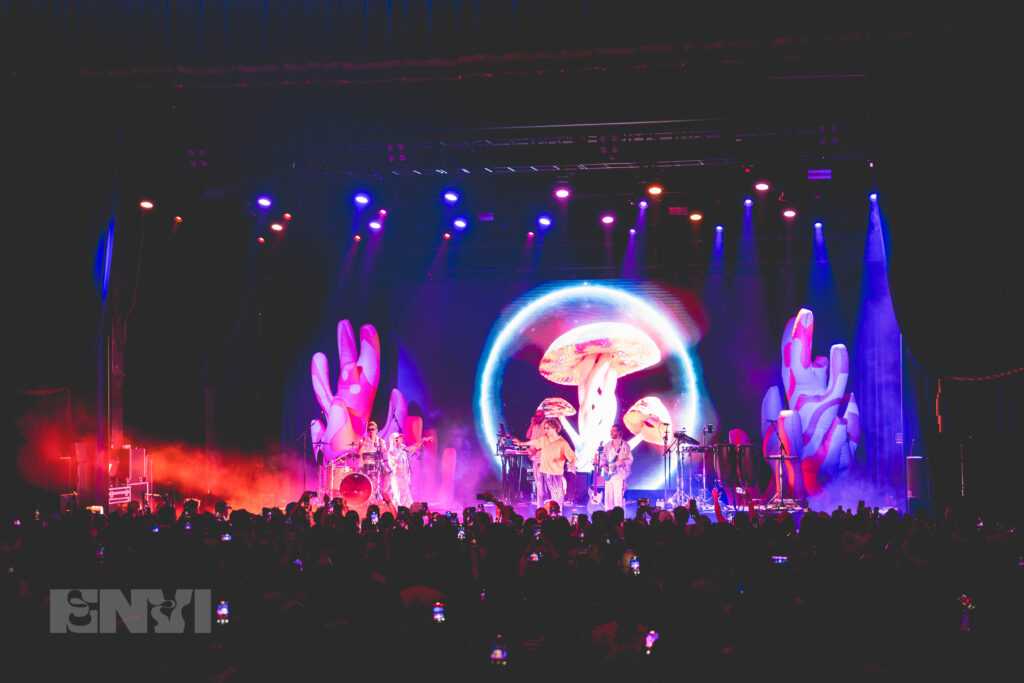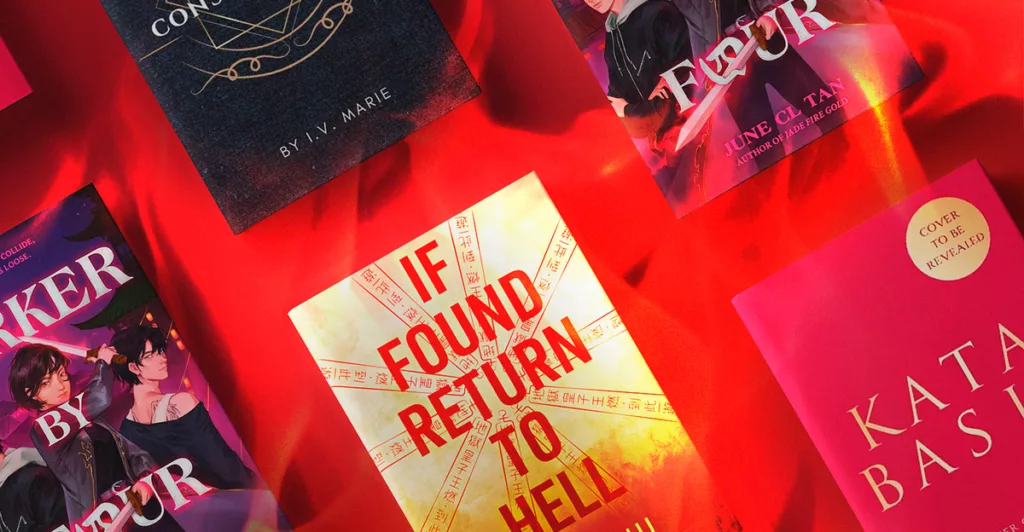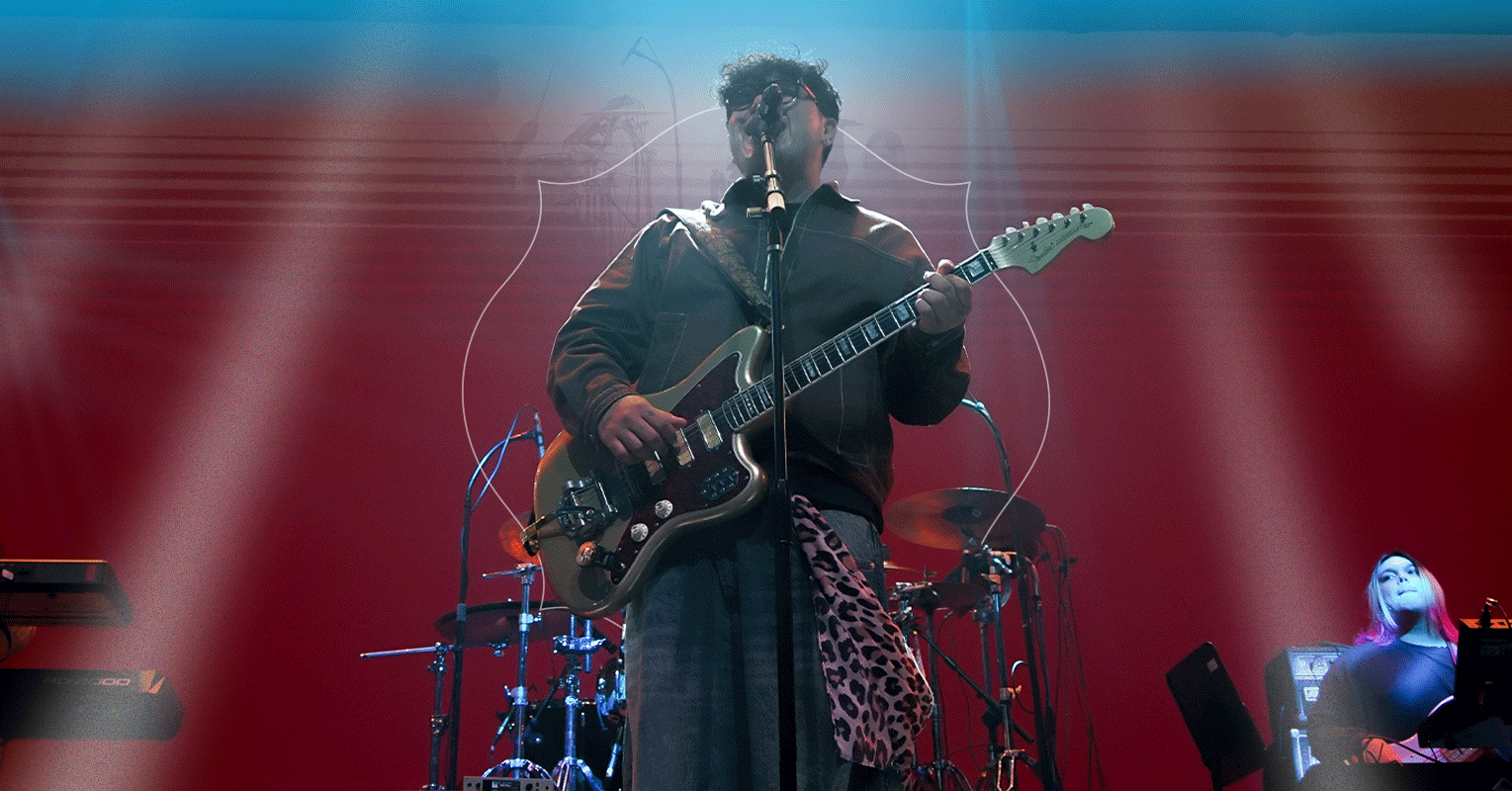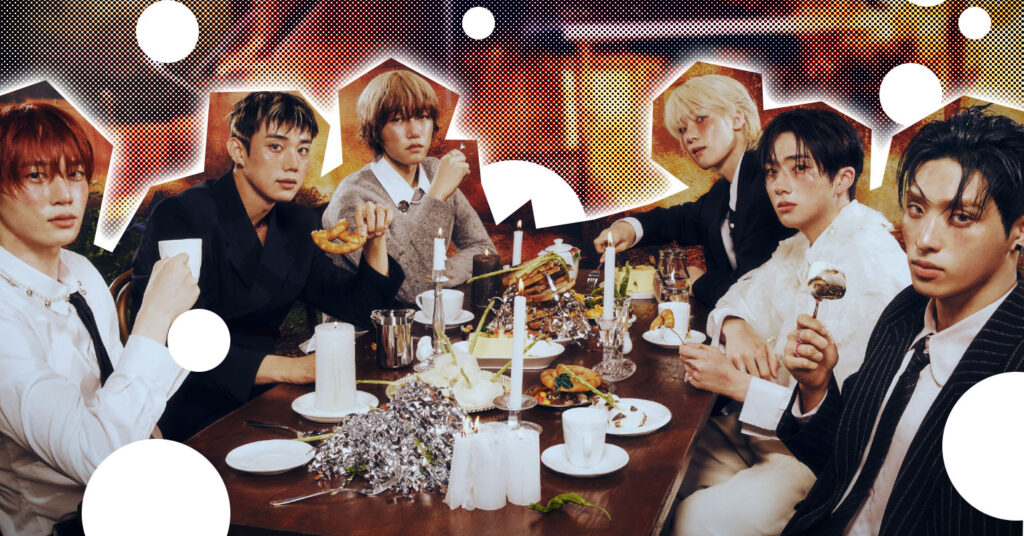Creative Spotlight: Galih Adika Paripurna Portrays The Interplay Of Human Memories Through Art Forms
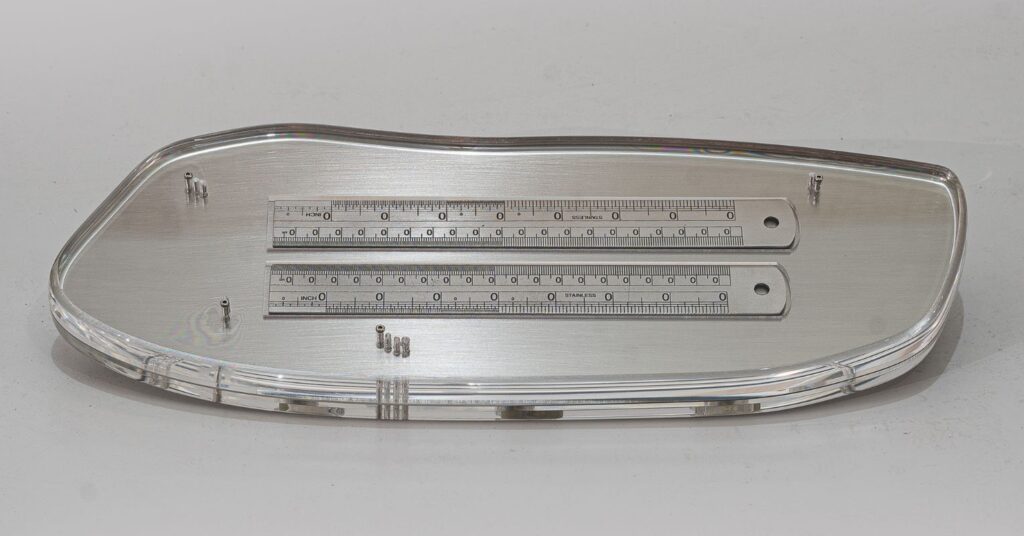
Art and humans intersect in a myriad of ways. Reflecting on this notion, Indonesian artist Galih Adika Paripurna delves further into it by blending personal introspection with broader human experiences. The Bandung-based painter and object artist explores themes of memory and the intricate relationship between humans and objects, often through what he describes as “micro-narratives” rather than grander themes. In this installment of creative spotlight, EnVi spoke to Galih Adika Paripurna on the quiet echo memories, familiar feelings, and everything that surrounds it.
About The Artist
A graduate of Bandung Institute of Technology’s Fine Art program with a focus on Painting, Adika has cultivated a distinctive style that transcends traditional artistic boundaries. While painting remains his primary medium, he also explores three-dimensional works, driven by a technical sensibility that allows him to express specific themes through various forms.
Galih’s artistic practice centers on the interconnected issues of humanity, language, and memory. He envisions his creative materials — images and objects — as a form of text that can appear either complete or fragmented. His most recent works delve into the process by which humans interpret their memories to construct experiences and awareness.
Another Artifacts, Blending Artistry & Hospitality
Beyond his individual artistic practice, Adika is venturing into a new long-term project called Another Artifacts. Initially made as a studio, Another Artifacts is set to expand into the hospitality sector. Currently, it serves as a workshop supporting Adika’s own creations, but the vision is to embrace external projects, including interior design and furniture. “We’ll take on interior projects, and essentially, it will be a space to develop artsy artifact products,” Adika explains, envisioning a platform that can house diverse artistic endeavors, like the custom doors he once made for a friend.
Another Artifacts is a project in collaboration with Adika’s spouse, Litha Fidya Fariza. With a background in interior design, Fariza has always viewed design as how it shapes people’s experiences rather than solely for space-making. “I discovered Ilse Crawford and her philosophy that emphasizes design as a form of care. I only later realized the hospitality model I’d long admired, Ett Hem, was designed by her. Crawford and Ett Hem’s values reflect to me and later to Adika, that we want to build spaces that hold people. I was always drawn to hospitality projects, where I can explore how spaces can care for people’s wellbeing in intentional and subtle ways,” she told EnVi.
Fariza’s work spans across various establishments. To Fariza, the purpose of creating something is to invite conversations, leave a memory and give meaning. “I think people know that to me, the core wasn’t always about the style, but about the system in which I design and approach,” Fariza stated. That same sensibility eventually led her to co-found Another Artifacts with Adika, where she now oversees the direction, storytelling, and operations. Her role at Another Artifacts is to ensure that all of their work, from exhibitions to future larger projects, feels intentional, meaningful, and, most importantly, is well-communicated. The project aims to offer a broader range of projects, ultimately creating a “hospitality experience,” like a hotel with self-designed furniture and a unique experiential design.
On Memories & A “Strangely Familiar Feeling”
Adika’s painting series, consistently titled “Series of Anemoia,” further elaborates on this theme of memories. “Anemoia” refers to the feeling of nostalgia for memories that are not personally experienced, such as a sense of longing evoked by old sepia photographs of Indonesia. His recent and past exhibitions offer a glimpse into his fascinating exploration of memory. His current exhibition, “Senang Bersamamu,” at Selasar Sunaryo, is part of an open call aimed at making the space more inclusive, welcoming artists and practitioners from various fields. For this exhibition, Adika contributed two works: a painting and an object.
The painting in “Senang Bersamamu” stems from Adika’s interest in how memory functions in humans universally, rather than his personal recollections. His method involves sourcing film negatives from flea markets, which, once holding personal value, become anonymous and abstract in their new context. He layers these negatives to create multi-exposures, then paints and erases elements, symbolizing the fading or detachment of personal meaning, leaving behind an “abstract bias.”
His works exhibited in “Common Beauty 3” and “Salon et cetera” largely echo the themes found in the “Anemoia” series, with variations in size and visual configuration. For “Salon et cetera,” Adika shared “Unidentified Tales Found Inside a Tablet,” an older work that embodies a doodling mentality transformed into an object. The piece features poetic text, like intros to stories, “once upon a time in a land far far away, in a small village,” arranged to create a looping, poetic effect.
Appreciating Negative Spaces In “Kerning”
Another compelling piece in the exhibition is a ruler where all numbers have been reduced to zero. This work ties into Adika’s solo exhibition last year, titled “Kerning,” which generally explored the concept of “negative space.” Adika views negative space as a metaphor for memory – the subtle, subconscious aspects of our experiences that, while not always the main focus, are constantly present. He analogizes our “foreground” life (work, routines, social interactions) with the “background” of our internal memory, where experiences are compressed into an essence of feeling. Through “How To Measure Luck in an Unlucky Situation,” the zeroed-out ruler, an object where zero is typically absent, intuitively speaks to this concept, evoking an “uncanny” feeling of “strangely familiar” detachment.
Galih’s artwork repetitively showcases his interest in the number 0. He’s even extended the piece to a specific length of 88.8 cm, resembling a ruler, drawing inspiration from the number 8 as a symbol of luck. The number 0 is a core component of this work. Just like negative space is managed by kerning in typography, the “0” on a metal ruler represents a similar quality: it exists between positive and negative numbers, its presence defined by the existence of other digits.
Adika expands on the idea of “zero” as a powerful, ambiguous entity — neither positive nor negative — that can influence other numbers and even create infinity. He connects this to how humans perceive existence and build their environments.
The exhibition links kerning and empty space to memory, highlighting its fragmented and layered nature rather than its continuous flow. Adika’s artistic process reflects this, as he consciously creates “empty space” in his work, similar to how sweeping a dusty room defines the clean areas by their dirty margins. He uses personal recollections without focusing on specific events, inviting viewers to ponder “What is memory?” rather than “What is that memory about?” The goal is to evoke a general sense of personal experience. Ultimately, the ’empty spaces’ in Adika’s work lead to ‘crowded spaces’ where memories unexpectedly converge, creating layers of meaning. Engaging with his art is like carefully navigating a room, aware of the subtle details. Adika designs the exhibition as a unified experience, where each piece contributes to the whole, revealing the show’s central theme only when viewed in its entirety.
An Anthology of Galih Adika Paripurna’s Artworks
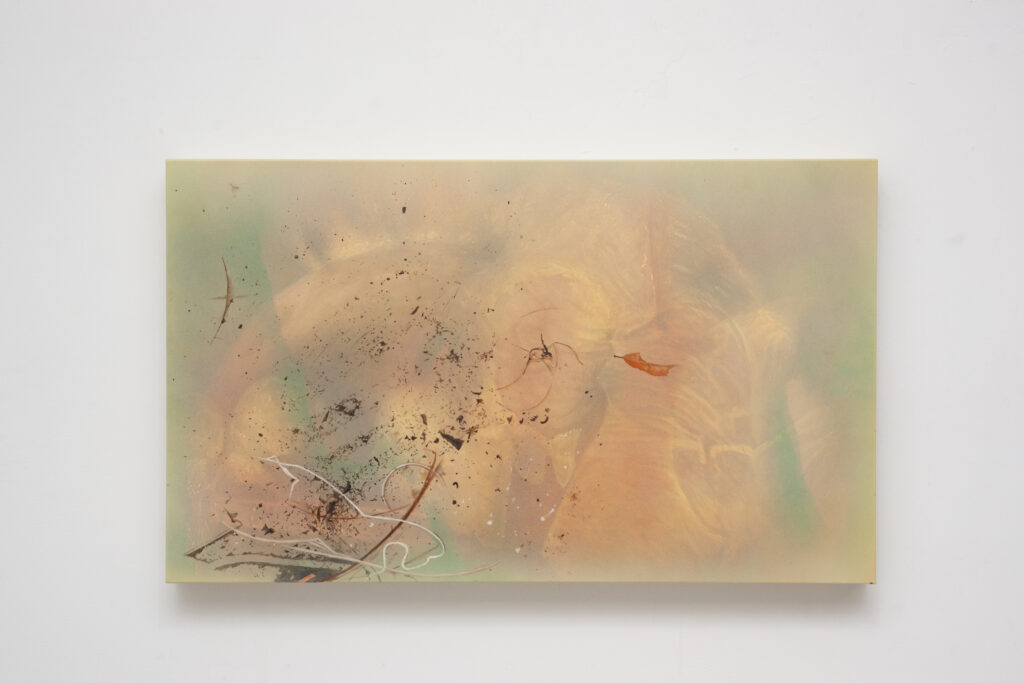
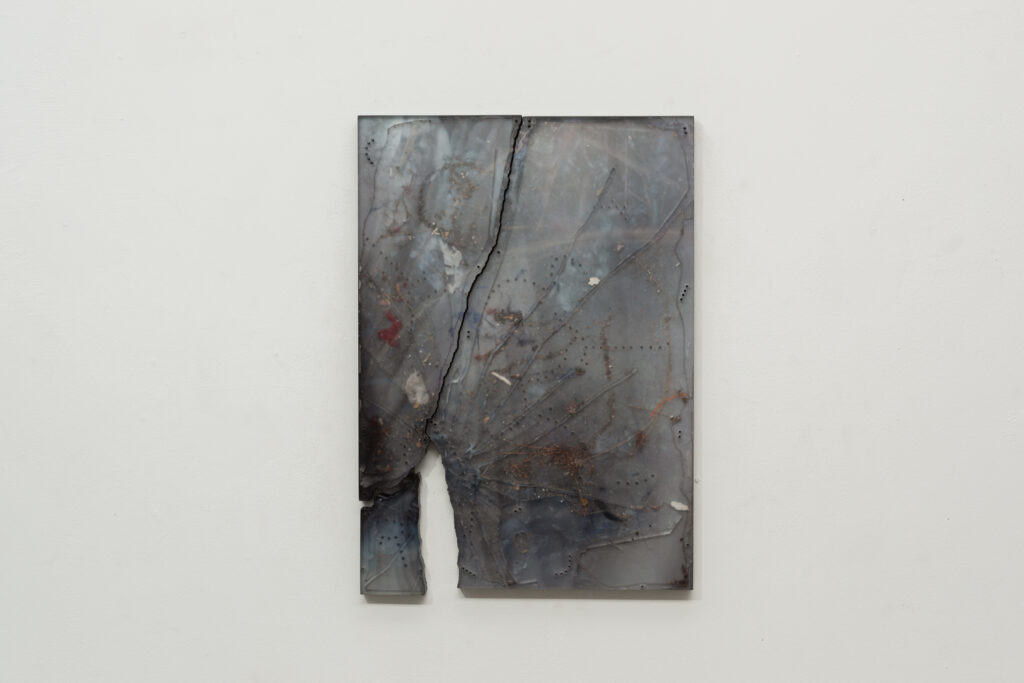
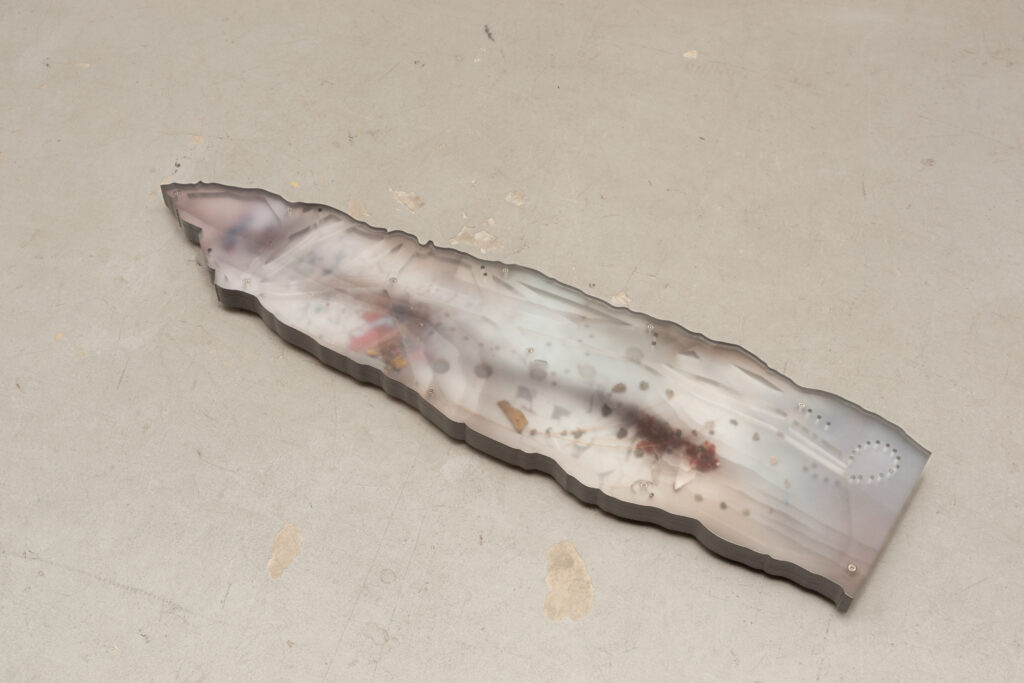
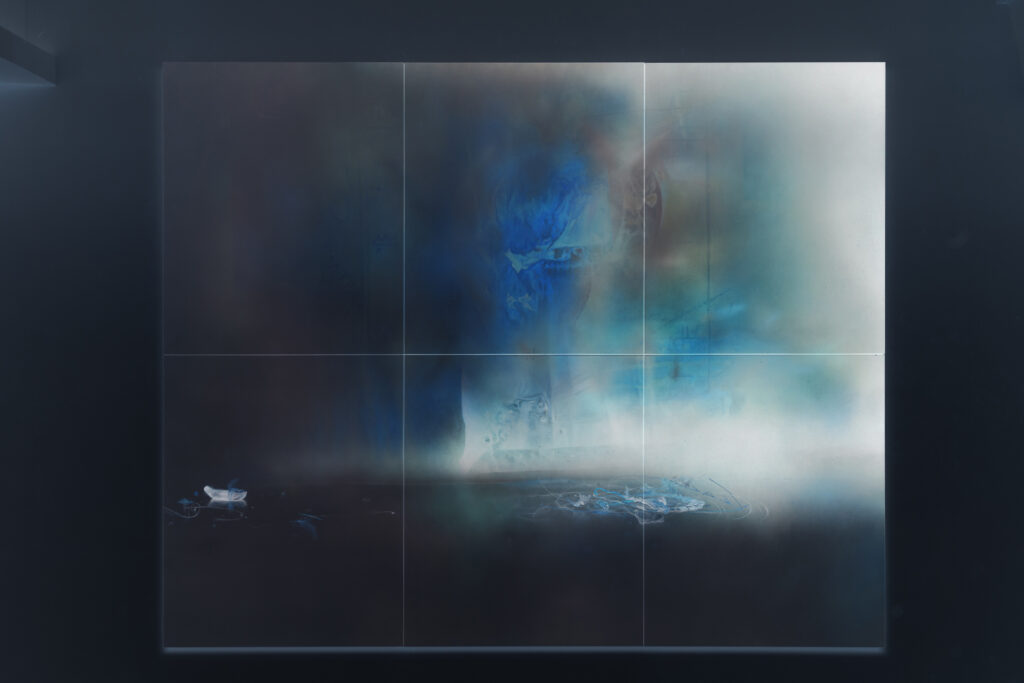
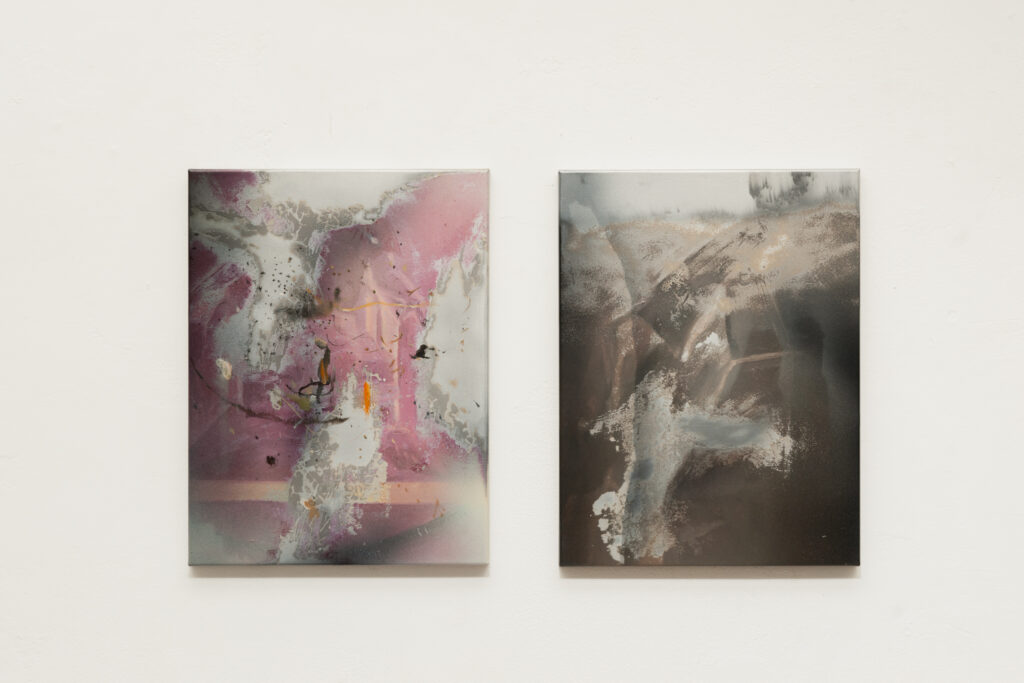

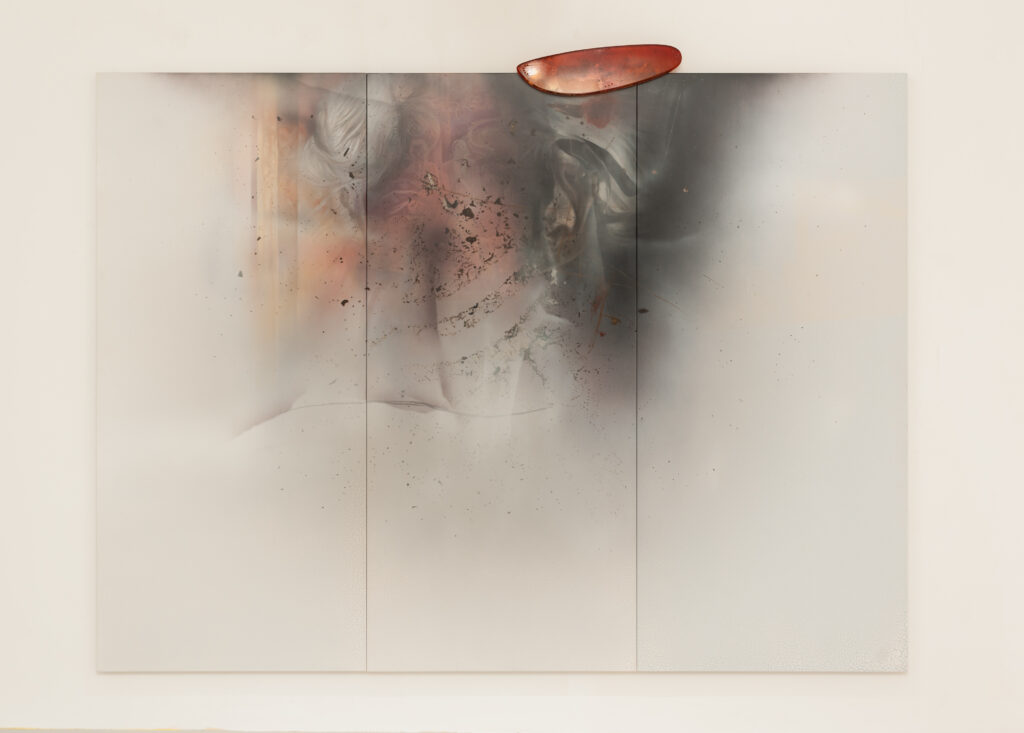
Nostalgia and memories always live and breathe through humans, and with Galih Adika Paripurna’s works of art, he masterfully fuses them both together.
Check out Adika’s artworks through Another Artifacts’s Instagram account.
In search of architecture books? Check out EnVi’s spotlight on Paras: Documenting 100 Years of Balinese Hospitality and Hotel Architecture here!
